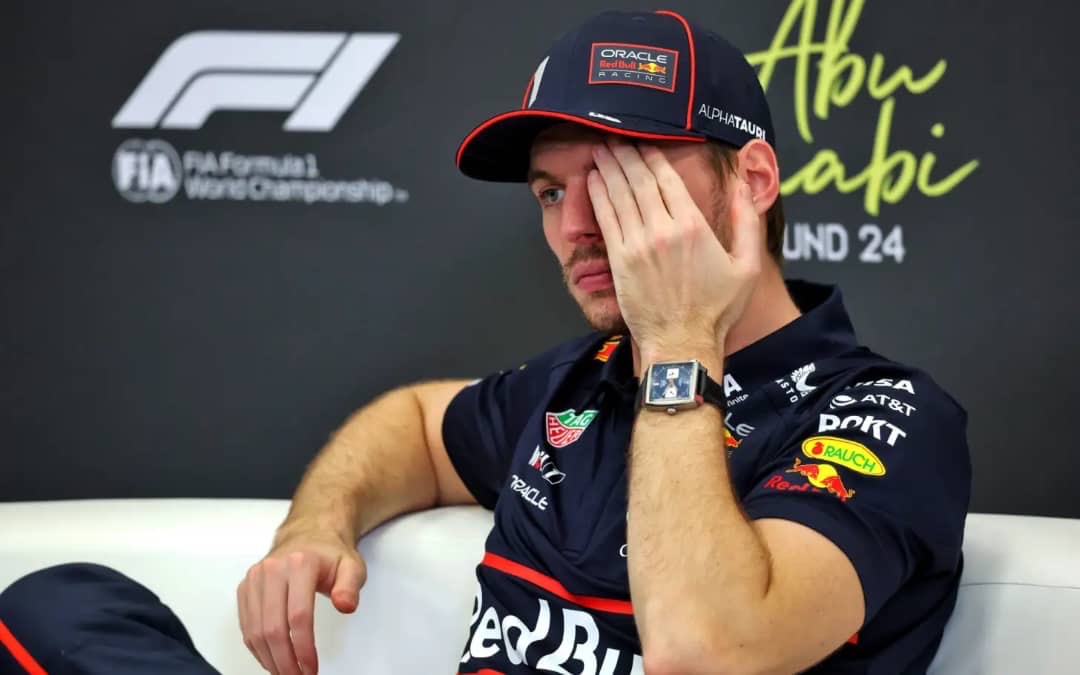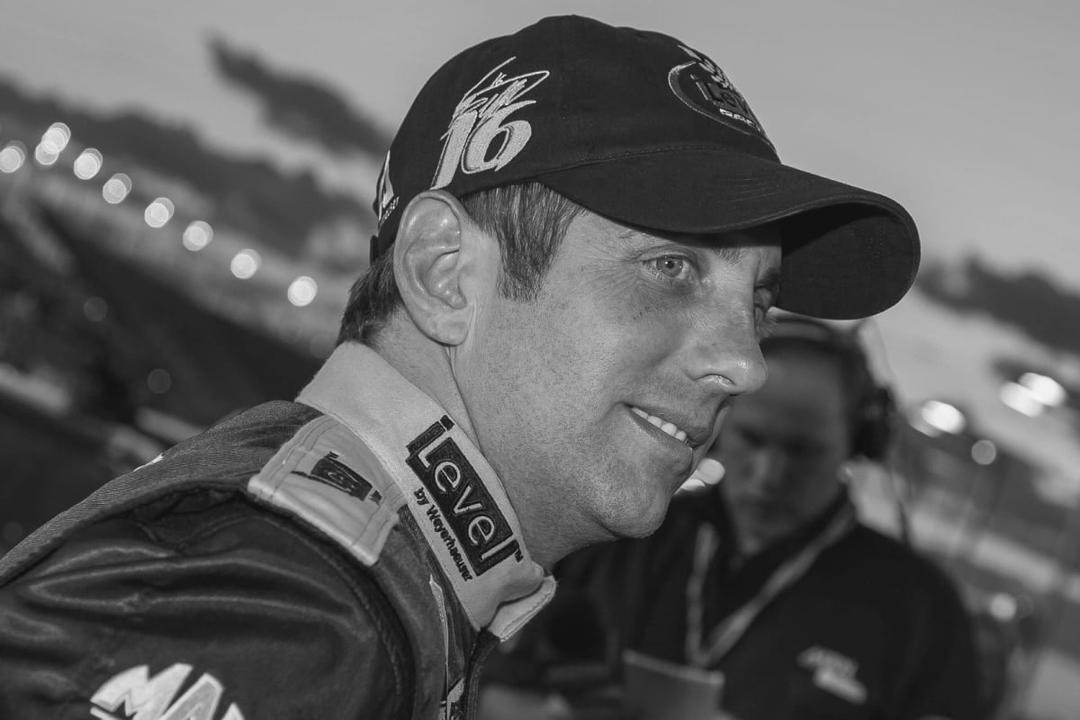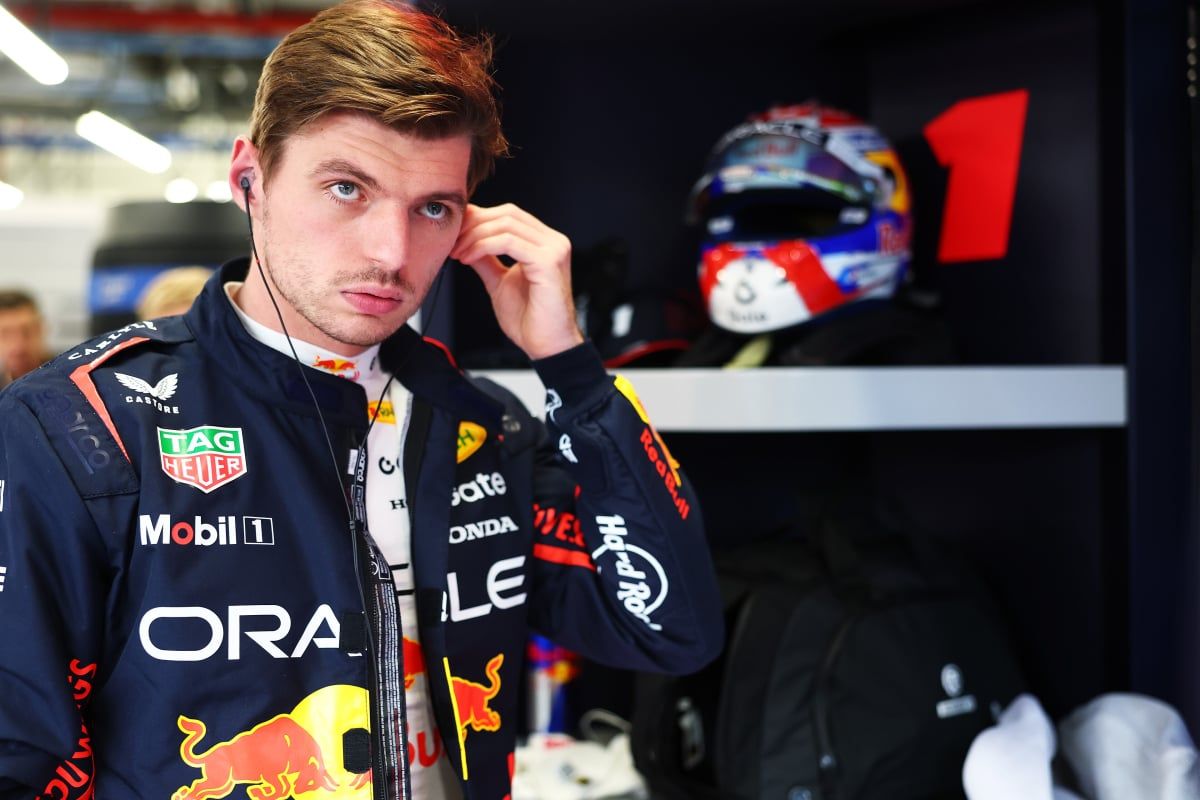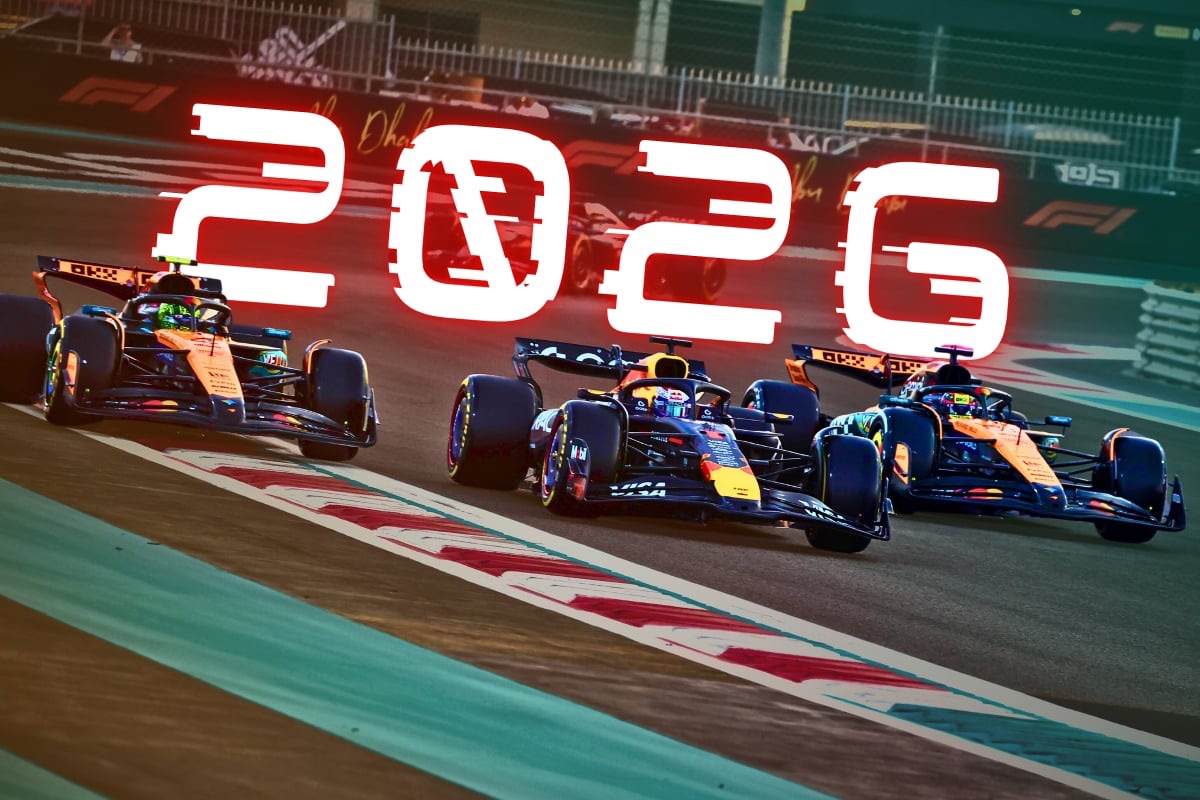Fresh F1 Driver Clash Details Emerge as Red Bull Warned Over Promotion Plan
New revelations have surfaced regarding the long-standing feud between Formula 1 champions Max Verstappen and George Russell, offering fresh insight into one of the sport’s most tense rivalries. The dispute, which dates back several seasons, has been reignited through Sky Sports F1 reporter Ted Kravitz’s new book, Notes from the Pit Lane, where he details the events that intensified the animosity between the two drivers.
According to Kravitz, Russell had been particularly irritated after Verstappen branded him a “bully” during one of their heated on-track exchanges. The Mercedes driver, who had been building a reputation for his calm and composed racing style, reportedly decided to retaliate after feeling unfairly targeted by the Red Bull star. Kravitz revealed that Russell, usually known for his professionalism, took the criticism personally and became more aggressive in his approach whenever Verstappen was on track, seeking to prove a point against the reigning world champion.
This renewed perspective sheds light on how deep-rooted the tension between the two drivers had become. Their clashes — often subtle but visible to keen observers — symbolized a growing rivalry between Mercedes and Red Bull, two teams that have dominated F1’s modern era. Kravitz’s account also reflects the psychological warfare that often plays out beyond the cameras, as drivers attempt to outthink and outmaneuver their opponents both on and off the circuit.
While this revelation reignites discussion around Verstappen’s sometimes controversial racing persona, Red Bull also finds itself under scrutiny for a separate issue: its driver promotion strategy. Former F1 driver and commentator Johnny Herbert has issued a strong warning to the team, cautioning them against rushing young French driver Isack Hadjar into a full-time Formula 1 seat too soon.
Hadjar, a promising member of the Red Bull Junior Programme, has been linked with a potential seat swap that could see him replace one of Red Bull’s current drivers. However, Herbert believes that the team risks repeating past mistakes if they move too quickly. He cited previous examples where Red Bull’s aggressive approach to promoting young talent had “gone terribly wrong,” leading to damaged confidence and unfulfilled potential.
Herbert argued that Red Bull should instead focus on nurturing stability within its lineup and give Japanese driver Yuki Tsunoda more time to grow alongside Verstappen. Tsunoda, currently with Red Bull’s sister team, has shown significant improvement and maturity this season, earning respect for his consistency and determination. According to Herbert, pairing Tsunoda with Verstappen could offer the team a more balanced and reliable partnership, allowing Hadjar to continue developing in Formula 2 or with a smaller team before making the jump to F1.
In essence, Red Bull faces a critical decision: whether to take a chance on a rising star like Hadjar or prioritize experience and team chemistry by retaining Tsunoda. With tensions among drivers and team strategies under the microscope, both Verstappen’s rivalry with Russell and Red Bull’s driver management reflect the high-pressure environment that defines Formula 1’s competitive landscape — where every move, on or off the track, can make or break a season.



